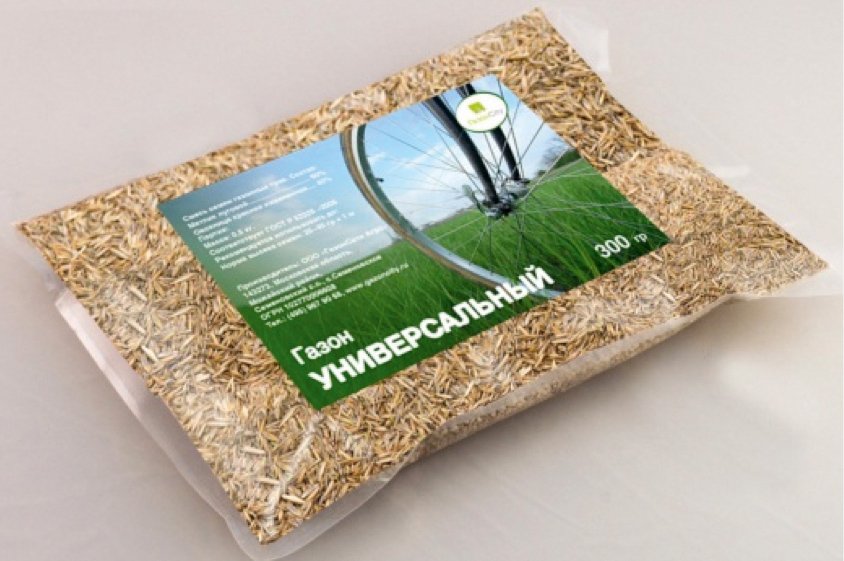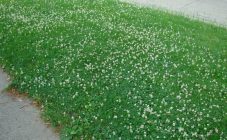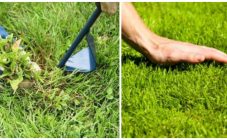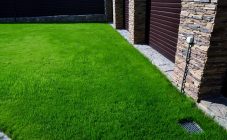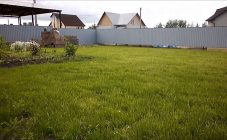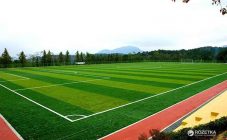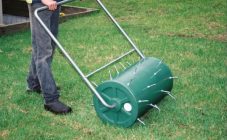In recent years, a green lawn in a summer cottage or garden plot has become a popular decorative element and an indispensable element of garden space. Plots with short-cropped grassy green carpets are beautifully framed by flower beds and fruit trees, flower beds and flower beds. Grassy lawns with perennial plants allow kids to frolic, relax in comfort in the barbecue area and simply delight the eye with their neatness and beauty.
Lawn seeds: which are better
How to choose the right lawn seeds? To equip such splendor on your site, you need to have a good idea of the purpose of this site and what herbs will allow you to form a living coating that will last for many years.
Coatings are:
- sports;
- universal;
- parterre;
- Moorish or meadow.
Sports and versatile lawns are resistant to trampling. Parterre involves frequent regular haircuts, in which the grass is not allowed to grow in length more than a few centimeters. Moorish allows you to do 1-2 haircuts a year, while flowers of short stature, reminiscent of a village meadow, will bloom on the lawn.
Which grass seeds to choose for the lawn depends on the purpose for which you plan to use the site.
For a barbecue area or playground, it is worth choosing a versatile ground floor mixture or a sports one that is resistant to abrasion and trampling. Otherwise, the owner runs the risk of over-sowing grass on bald patches and trampled areas all summer long. But for fruit trees and shrubs, it is better to choose a Moorish lawn, which will decorate the semi-shady and shady areas. In any case, the choice remains with the gardener.
Lawn grass seeds: mixture, technical characteristics
Grass seeds can be a single variety or a mixture of several herbs. In a harsh climate, it is preferable to choose the second option, since freezing is possible in cold winters, and several varieties are quite capable of maintaining a neat appearance of the lawn.
Different types of bluegrass:
- meadow grass is perfect for sports lawns, damaged turf regenerates in a few days, grows slowly and is not resistant to diseases;
- narrow-leaved with hard shoots is not suitable for a soft lawn, but looks great on a decorative lawn;
- swamp grows easily in waterlogged areas;
- oakgrass looks beautiful on a lawn grown in the shade or partial shade, and a mini-lawn sown with this species of bluegrass will look great.
Red fescue:
- with dense roots, good for landscape design, gives a loose turf;
- long-leaved with dense turf used for Moorish lawns.
Polevitsa:
- filiform is capable of growing in arid conditions, giving a beautiful, uniform, emerald green lawn;
- the shoot perfectly fills the entire space of the lawn in a short time, but its disadvantage is the heterogeneous color, young shoots are much lighter than old ones;
- canine gives excellent color. She has velvet leaves, but a weak root system, which is why the plant is suitable only for decorative lawns.
Which lawn grass seeds are best to choose, everyone decides for himself. The main thing is to take into account the characteristics of the varieties so that they are suitable for a particular case, based on climatic conditions, the purpose and location of the site.

